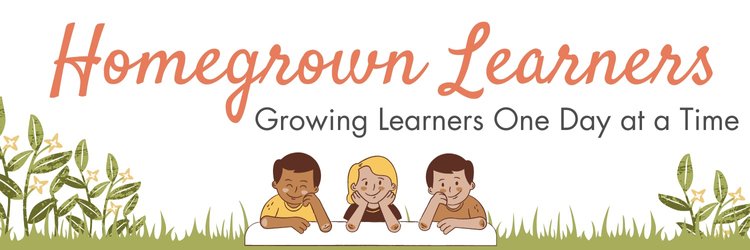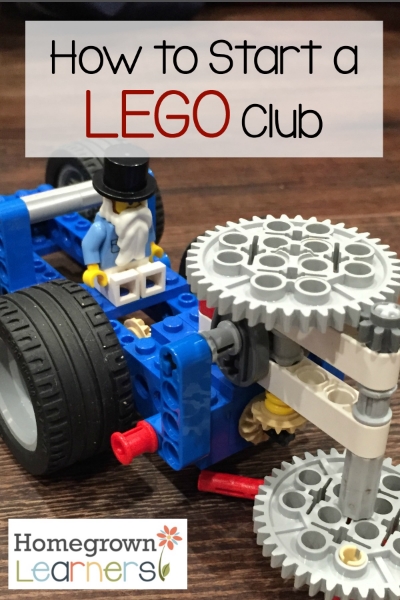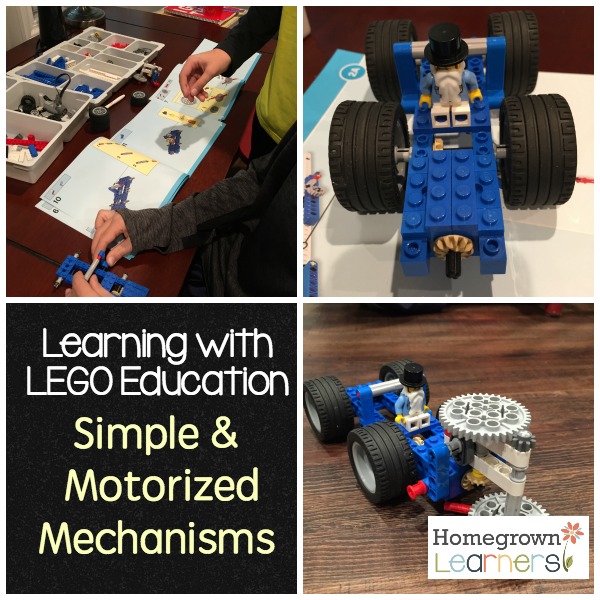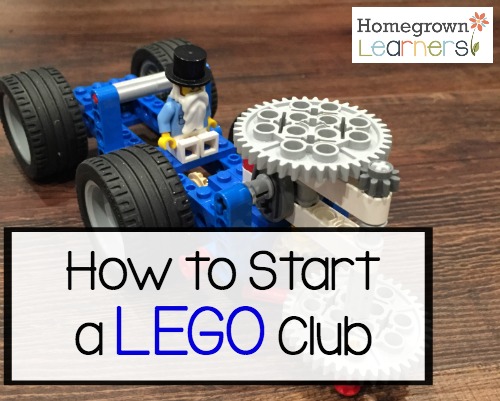One of our favorite events of the year is Faces of History.
It is the culmination of many hours of writing and grammar instruction in the Classical Conversations Essentials program.
Don't know about Essentials? It's a wonderful program for 4th-6th graders! It is the afternoon program (generally 1-3 p.m.) that includes writing and grammar instruction, as well as math games. Moms attend class with their children, so while the tutor models instruction for US we can then go home and instruct our students during the rest of the week.
One of the many benefits of being in Classical Conversations is that our students are taught to be excellent, concise writers. They are given opportunities to practice delivery, articulation, and other presentation skills.
Our world desperately needs more COMMUNICATORS, and more young people to fulfill the mission of Knowing God and Making Him Known!
This year, the children worked their way through IEW's History Based Writing Lessons (Ancient History).
The culmination of their hard work is a five paragraph research report - delivered in the first person - about a character of their choosing.
They learn all about good research techniques, how to tie a five paragraph paper together, and how to create a bibliography --- not to mention pacing and planning in preparation for the big day.
What a JOY it is to watch these children share all they have learned.
In our home, Rameses the Great has been preparing extensively for this day.
Since this is Grant's second year in Essentials, he did the entire report on his own. I'm not telling you this to brag... but to show you what a quality writing program and consistent instruction can do for our children!
Mom was there to edit along the way and offer a few suggestions, but it was important to me for my guy's spirit to shine through in his paper.
Our biggest obstacle in public speaking is going way too FAST. Grant is a speed talker, and I'm so proud that he slowed down and got his point across.
Having opportunities like this makes him not afraid to get up and speak in front of groups. (How many adults do you know that have a fear of speaking in front of others? I know LOTS!)
So.... moms of Foundations students who are not Essentials age yet: do not fear!
Be greatly excited!
Your children will learn to express themselves in wonderful ways, and you will be giving them an invaluable gift!
Enjoy!








